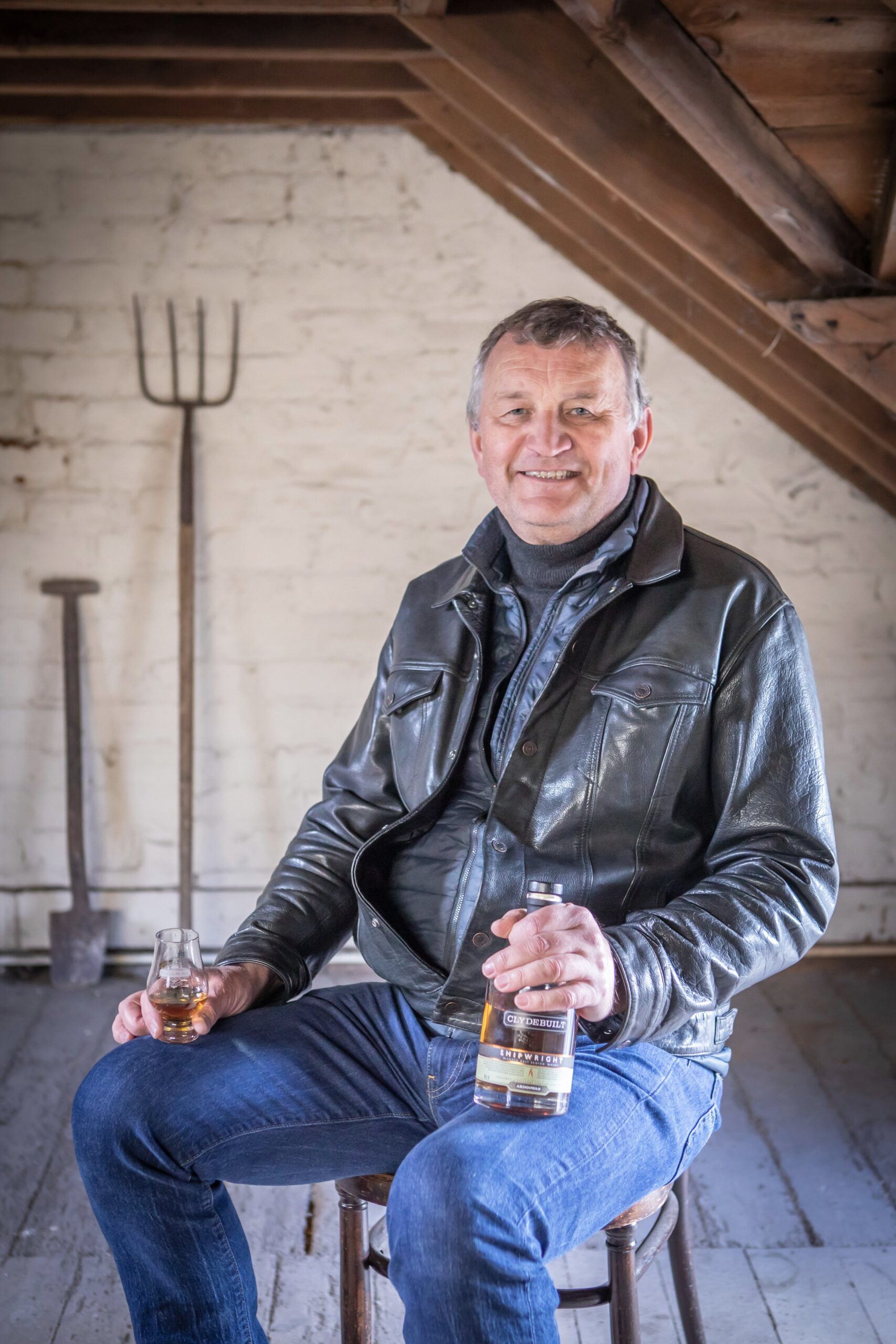The whisky regions of Scotland
Award-winning Independent Whisky
Bankfoot Farm, Inverkip, PA16 0DT
NEWSIf you’ve joined us at a tasting or popped by our stand at a whisky show, you may have heard us talk about the regions the various whiskies in our award-winning blended malts come from - but what does this actually mean for your dram? Our CEO Martin McAdam explains a wee bit more:
There are five main whisky-producing regions in Scotland. Each region has its own unique terroir, water sources, and production methods that contribute to the distinctive flavours and characteristics of its whiskies:
Campbeltown: A small town on the Kintyre peninsula in western Scotland, Campbeltown produces whiskies that are often described as having a salty, briny, and oily character.
Highland: The largest whisky-producing region in Scotland, covering a vast area with a wide range of styles from light and fruity to rich and full-bodied.
Islay: An island off the west coast of Scotland, Islay produces powerful, peaty whiskies with strong smoky and medicinal notes.
Lowland: The southernmost region, known for its lighter, gentler style of whisky, often with floral and grassy notes.
Speyside: Located in the northeast of Scotland, Speyside is known for its sweet and rich whiskies, often with notes of honey, nuts, and dried fruit.
The Scottish whisky regions are important to whisky enthusiasts, as they provide a way to categorise and compare different styles of Scotch whisky. Each region has its own unique history, production techniques, and flavour profiles, and these can be useful for understanding and appreciating the complexity and diversity of Scotch whisky.
The classification of Highlands and Lowlands as regions was as a result of legislation – the “1784 Wash Act”. The Act aimed to reduce illicit distilling and stimulate legal distilling in the Highlands. Accordingly lower rates of duty were applied to small scale distilleries north of the Lowland/ Highlands dividing line. Highland distilleries paid taxes based on the size of their still, meanwhile Lowlands distilleries were taxed per gallon in the wash. As a result, Lowlands distilleries paid much higher high duty rates than their colleagues in the Highlands.
However, it’s important to note that these regions are not a set of rigid rules that all Scotch whiskies must follow. While whisky production in Scotland is highly regulated, there is still a lot of room for experimentation and innovation within each region. Some whisky makers may choose to blend whiskies from different regions, or to create new styles that don’t fit neatly into any one category. Many distilleries outside of Islay now produce peated whiskies – indeed any particular whisky profile can probably be produced from any region – but getting a coastal / maritime terroir may be a challenge if the distillery and maturation warehouse is located inland many miles from the sea.
Ultimately, the most important thing when it comes to Scotch whisky is the flavour and experience that it provides to the individual drinker. Whether you prefer a peaty Islay whisky or a fruity Speyside dram, what matters most is finding a whisky that you enjoy and that speaks to your own taste and preferences.
The regional classifications can also help consumers to better understand and appreciate the diversity of Scotch whisky. By understanding the different flavour profiles associated with each region, drinkers can make more informed choices about which whiskies they might enjoy.
In summary, the regional classifications are not a set of hard-and-fast rules, and there is still plenty of room for experimentation and variation within each region. However, the classifications can be a useful starting point for understanding the characteristics of different whiskies and appreciating the rich history and traditions of Scotch whisky production.
Slàinte mhath
Martin
